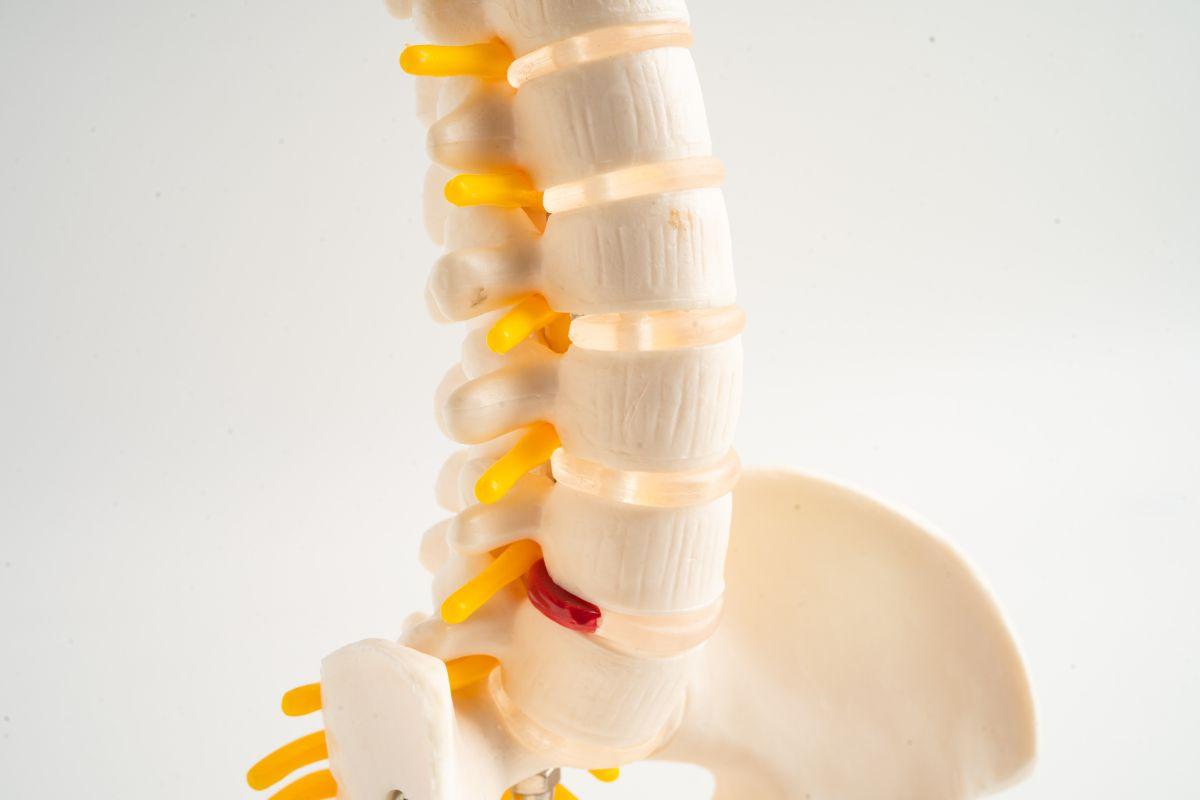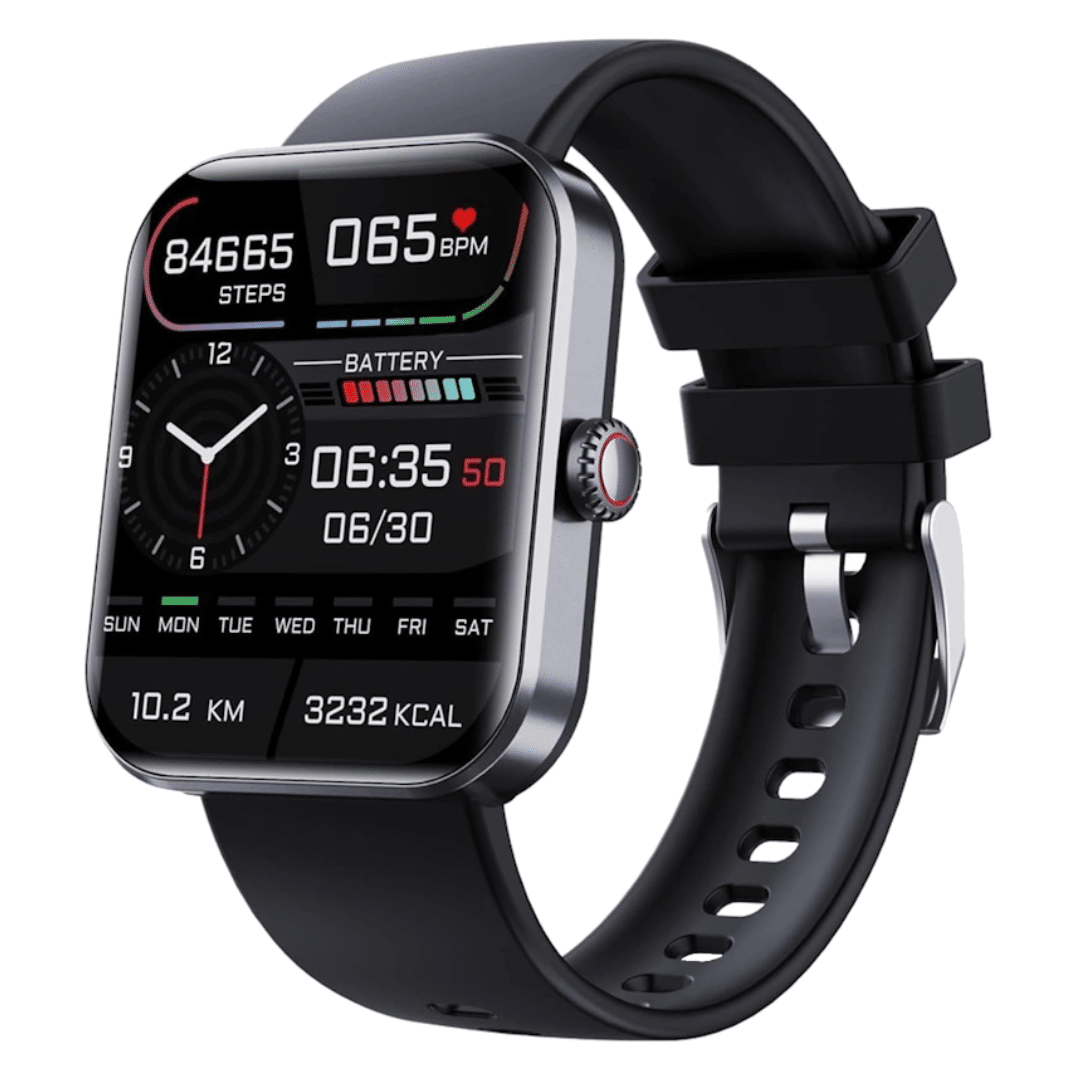A degenerative disc disease diagnosis can hit like a ton of bricks. Maybe you’ve been dealing with nagging back pain for years, or maybe the discomfort came out of nowhere. Either way, hearing that your spine is “degenerating” is enough to send anyone into a tailspin. But take a deep breath—you’re not powerless.
This condition isn’t a death sentence for your mobility. It’s a signal that your body needs attention, care, and the right game plan. So let’s get straight to what you need to do next. Because you’ve got options. You’ve got control. And most importantly, you’ve got a path forward.
Understand Your Diagnosis—Because Fear Loves the Unknown
The words degenerative disc disease sound worse than they actually are. Despite the name, it’s not a disease in the traditional sense—it’s a natural part of aging for many people. Over time, the discs between your vertebrae lose water content, becoming thinner and less effective at cushioning your spine.
For some, this process is painless. For others, it triggers chronic discomfort, stiffness, and inflammation. And sometimes, it leads to nerve compression, which can cause radiating pain, weakness, or numbness in your arms or legs.
If spinal disc degeneration progresses, it can contribute to conditions like herniated disc treatment becoming necessary. But here’s the key takeaway: your pain isn’t necessarily permanent. Many people manage their symptoms and continue leading active, fulfilling lives. You can too.
Get a Solid Treatment Plan—Because Guesswork Won’t Cut It
Your next step? Get with your doctor and demand a treatment plan that actually makes sense for your lifestyle. No vague advice. No “just rest and take painkillers.” You need a strategy that helps you move forward—literally and figuratively.
Key Questions to Ask Your Doctor
- What’s the severity of my condition? (Is it mild, moderate, or severe?)
- What are my treatment options? (Physical therapy? Medication? Injections?)
- Are there specific activities I should avoid or focus on?
- What’s the long-term outlook? (Will it worsen? Can I slow the progression?)
- Do I need imaging tests to track changes over time?
If conservative treatment options aren’t providing chronic back pain relief, your doctor may suggest minimally invasive spine surgery to stabilise the affected area. This option is typically reserved for cases where nerve compression leads to significant pain or weakness.
Don’t leave that appointment until you have clear answers and a plan that makes sense. If something feels off or unclear, push for more information. This is your spine—your mobility, your comfort, your future. It’s worth advocating for.
Manage Pain the Right Way—Because Suffering Isn’t a Strategy
Pain steals joy. It drains your energy, interrupts your sleep, and makes everyday tasks feel impossible. But the good news? There are countless ways to fight back.
Medication: The First Line of Defense
- NSAIDs (Ibuprofen, Naproxen): Reduce inflammation and pain.
- Acetaminophen: Lessens pain but won’t help with swelling.
- Muscle Relaxants: Help when spasms make movement unbearable.
- Corticosteroid Injections: Can offer temporary relief for severe inflammation.
Non-Medicated Pain Relief That Works
- Heat therapy: Relaxes tight muscles and improves circulation.
- Cold therapy: Numbs pain and reduces inflammation.
- Massage & Acupuncture: Proven to reduce tension and increase mobility.
- TENS Therapy: Uses electrical pulses to block pain signals.
If your condition worsens, seeking guidance from neurosurgical spine specialists may be necessary. They can assess whether surgical intervention is required or if advanced pain management techniques can keep you active without invasive procedures.
Move or Lose—Why Staying Active Is Non-Negotiable
You might feel like stopping everything to avoid aggravating your pain, but immobility will only make things worse. Movement keeps your spine flexible, strengthens the muscles supporting it, and prevents stiffness from taking over.
The Best Exercises for Degenerative Disc Disease
- Walking: Gentle, weight-bearing, and keeps you moving.
- Swimming & Water Therapy: Reduces stress on joints while improving flexibility.
- Yoga & Stretching: Improves posture and relieves tension.
- Core Strengthening: Supports the spine and reduces strain.
What to Avoid
- Running & Jumping: Too much impact on the spine.
- Heavy Lifting: Puts excessive pressure on the discs.
- Twisting & Bending Movements: Can worsen disc-related pain.
The goal isn’t to push through pain—it’s to move smartly, consistently, and with purpose.
Fix Your Posture Before It Wrecks Your Spine Even More
Your posture is either helping or hurting you—there’s no in-between. Slouching, hunching over your phone, or sitting for hours at a time? That’s putting extra stress on your already-compromised discs.
Easy Posture Fixes You Can Start Now
- When Sitting: Keep feet flat on the floor, use lumbar support, and sit upright.
- When Standing: Distribute weight evenly, and don’t lock your knees.
- When Lifting: Always bend at the knees—not at the waist.
If you work a desk job, consider an ergonomic chair, a standing desk, or a lumbar support cushion. Small changes now mean less pain later.
Take Control—Your Future Self Will Thank You
A degenerative disc disease diagnosis isn’t the end of the road. It’s a turning point. How you respond today will shape what your mobility, pain levels, and overall quality of life look like in the years ahead.
So start now. Take action. Find what works for you. And know that you’re not alone in this. Your spine may need extra care, but you’re stronger than this condition.




